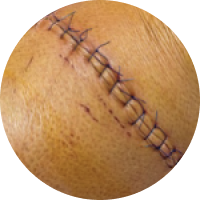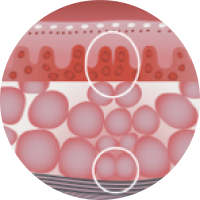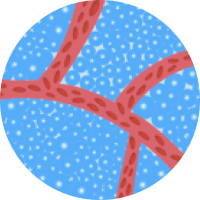Avance Solo and Avance Solo Adapt
Avance Solo is suitable for use on closed surgical incisions (ciNPT) and chronic wound indications (dNPWT). Learn more about the respective clinical applications below.
AVANCE SOLO FOR CINPT
The clinical aims of ciNPT include:

1. Reducing tensile stresses at the incision site, which reduces the risk for contamination and dehiscence.

2. Reducing/eliminating dead-space within the incision – preventing formation of hematoma and seroma that may delay healing and contribute to complications such as SSIs.

3. Reduce edema and improve perfusion – enhancing clearance of fluid to the lymphatic system reducing compression of microvasculature at the incision site.
Avance sOLO FOR CINPT
Surgical specialities where ciNPT is used- Orthopedic
Primary and revision arthroplasties - Cardiothoracic
CABG
Sternotomy - Obgyn
C-section
Abdominal hysterectomy
- General/Colorectal
Laparotomy
Ventral hernia repair - Vascular
Groin incisions - Plastic
Abdominal wall reconstruction
Mastectomy
AVANCE SOLO FOR CINPT
When to use ciNPT
in incisional care?
At Mölnlycke, we work with incisional care and have a portfolio of solutions for incisional therapy. Choosing the right therapy option should be based on a risk assessment, where negative pressure therapy is recommended for elavated and high risk patients.
AVANCE SOLO FOR DNPWT
Avance Solo – The closure your patients have been looking for
The clinical aims of dNPWT include:

1. Removal of exudate and fluid – dNPWT can be a valuable adjunct to supporting healing in complex and slow to heal wounds.

2. Optimize wound healing – improving wound bed preparation that supports healing.

3. Granulation tissue formation – increase microvascular blood supply and promote formation of granulation tissue.
Avance SOLO FOR DNPWT
Wounds where dNPWT is used- Acute wounds
- Traumatic wounds
- Sub-acute wounds
- Dehisced wounds
- Grafts




